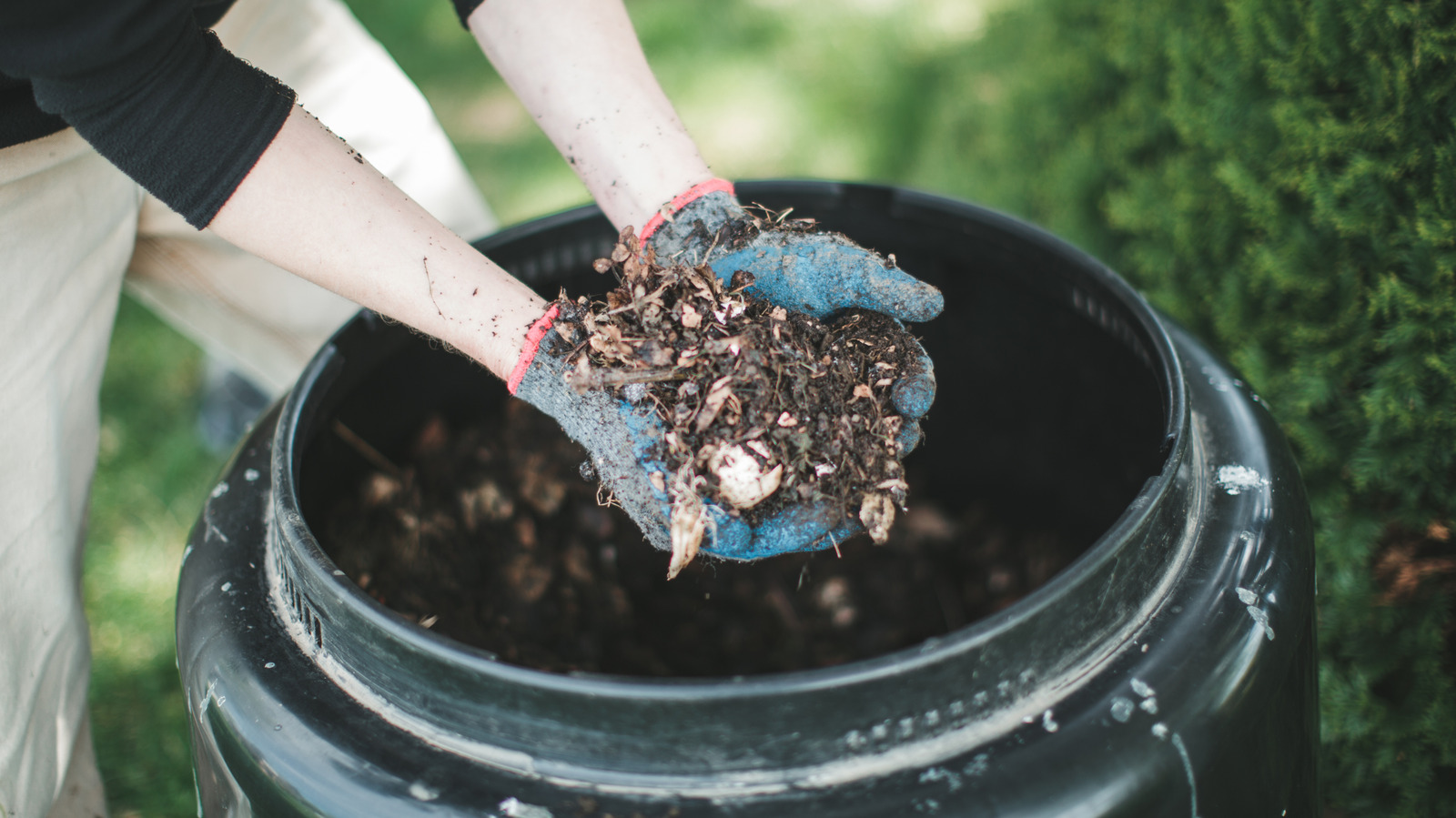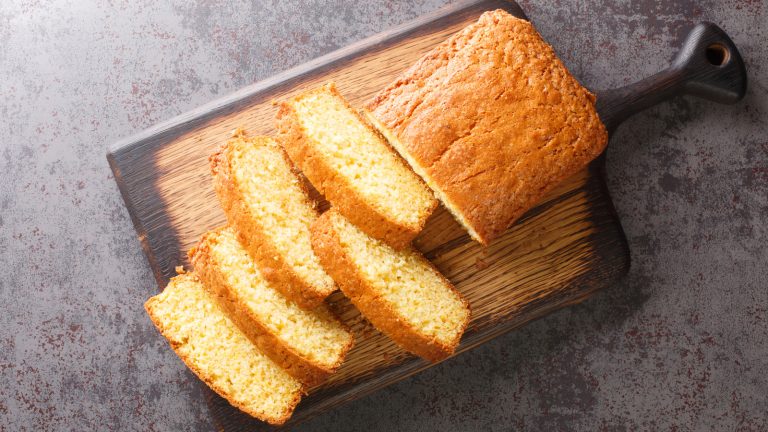Disposing of used cooking oil is an ages-old kitchen conundrum. It’s especially problematic when deliciously deep-frying chicken, battered fish, and breaded veggies, all of which require full coverage and a whole lot of hot oil. It’s tempting to just pour it into your compost bin for a one-and-done solution — but is that actually a good idea? Sadly, the answer is almost always no. Here’s why that’s the case, plus a caveat for minor exceptions.
Composting cooking oil in very small, calculated amounts is technically possible, but it’s a slippery slope, in the most literal of terms. As cooking oils slide through carefully concocted compost piles, they wreak all kinds of havoc. For starters, the oil slithers over other bin materials, giving them an unintended oily coat. This creates what’s known as hydrophobic barriers, essentially meaning that oil repels water. This blocks flow and circulation of the air and moisture needed for decomposition. It’s obviously a big problem, negating the whole purpose of careful composting. But there’s even more.
Even small amounts of oil, including organic vegetable or finishing oils, can attract pests when added to compost piles. We’re not talking about garden-friendly insects like honeybees and butterflies, or even beneficial compost bugs such as earthworms, beetles, roly polies, and millipedes. Oil is instead a magnet for flies, rats, raccoons, wildlife, and other garden nuisances. Unless your compost bin is built like an armored vehicle, you can assume they will get what they’re after. Then there’s the issues of oil-exacerbated odors and mysteriously named anaerobic zones.
Exceptions for banning oil from compost bins
Before looking at the very few ways of safely putting oil in a compost bin, let’s dig a little deeper into that smell. Without proper air flow for “aerobic” decomposition in your compost bin, the pile turns “anaerobic,” slowing breakdown of materials and creating those stinky smells associated with rotten food. In composting terms, this is called an anaerobic zone, which potentially forms when oil pools in the bin instead of breaking down, leading to degraded soils and the release of unhealthy gases, including methane and hydrogen sulfide, instigator of the infamous “rotten egg smell.”
Fortunately, you can still compost small amounts of cooking oil, thereby avoiding the stinkies, pests, and overall health of the pile you’ve lovingly created. Resist pouring it directly into the bin, thereby losing control of the flow and where it lands. It must be a vegetable-based oil, which includes varieties such as olive, corn, sunflower, and avocado oils, as they’re more likely to decompose. If you have a small amount of the oil left in a frying pan, soak it up with coffee grounds or paper towels, as both are generally compostable.
You can now add this to your compost bin, but it’s best to mix it with high-carbon “brown” materials such as cardboard, egg cartons, or dry leaves. Make sure it’s a hot pile with temps ranging from 120 to 150 degrees Fahrenheit. Once you know it’s in your compost pile, especially if you do it often, that’s a call-to-action for diligent stirring and turning.






